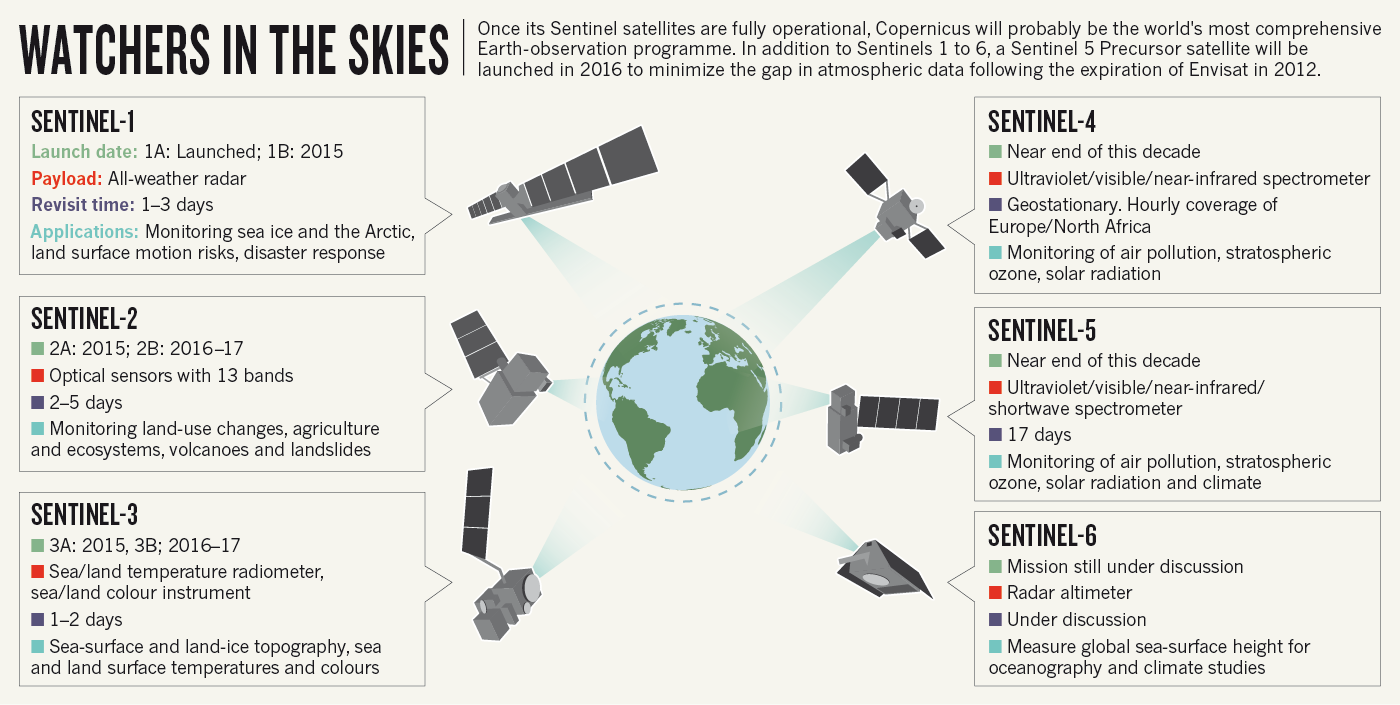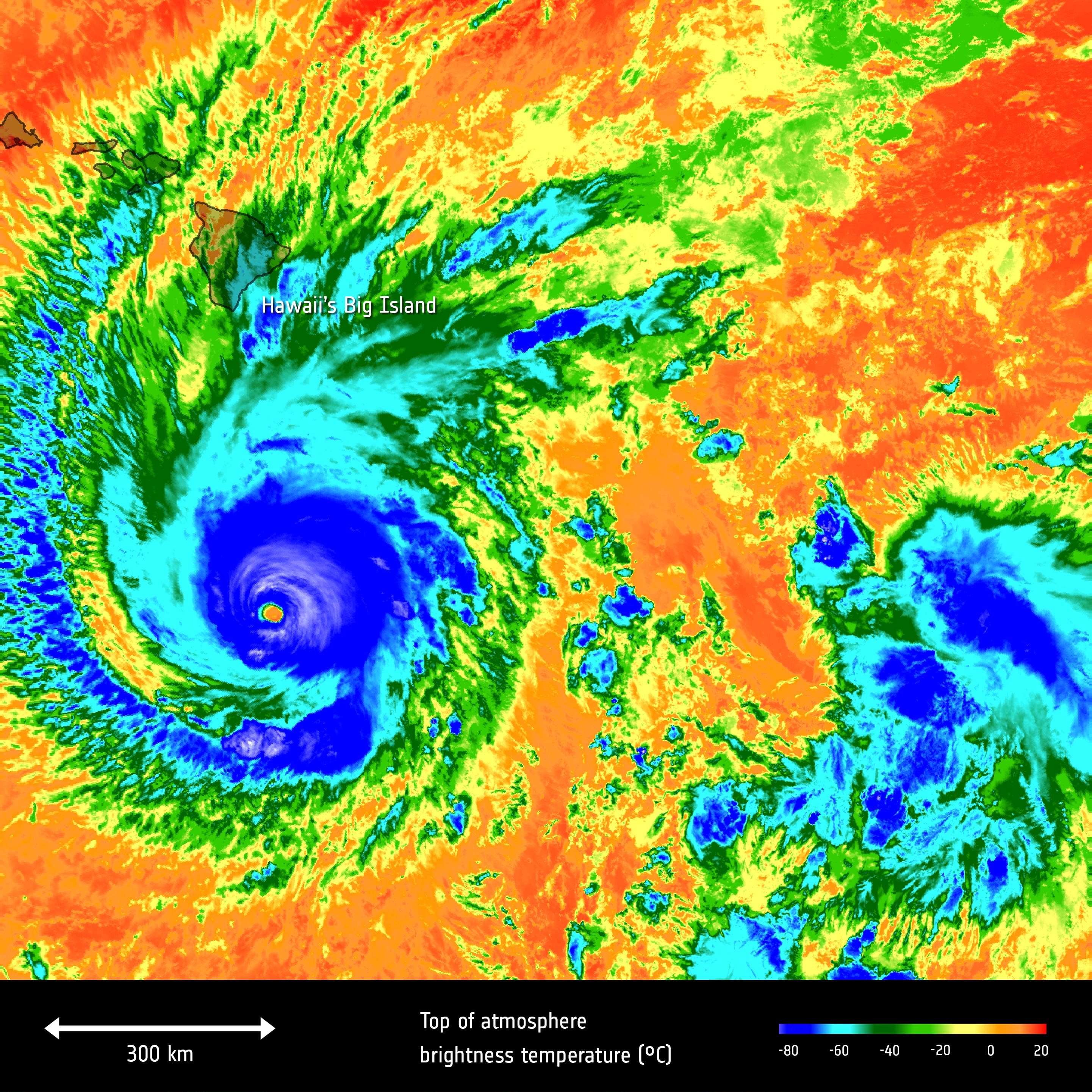Do you ever feel like you’re being watched? Whatever you answer is, you are. Or at least the world around you is.
As of this year, the Earth’s atmosphere has a total of 4,897 satellites circling our planet. Although, only about forty percent of these remain active, it is still a very large number and each one serves a purpose. People rely on satellites for various reasons such communication, navigation, and observation.
The New Addition
Just this April, the European Space Agency (ESA) launched another satellite, Sentinel-1A, one of a family of six to be launched later this decade. Sentinel-2 and Sentinel- 3 are already orbiting the Earth. The Sentinel space satellites will be particularly important as the data collected from them will be combined with data from weather stations and ocean buoys creating a “potential to become the world’s most comprehensive Earth-monitoring system,” according to Zbynek Malenovsky, a remote sensing researcher.
What’s the Purpose?
The $11.5 billion project will help monitor greenhouse gas emissions from individual cities and aid in observing small-scale climate patterns. Although the data will mostly be used by scientists to create real-time climate models, it will also be available to the general public as science continues to move towards transparency. The data will contribute to public services such as severe weather warnings, land-use change monitoring, and air and water quality forecasts. It will also set ground for future environmental policies and allow to ‘check-up’ on whether certain nations are following through with the 2016 Paris agreement.
The Inner Workings
The satellites are equipped to take extremely precise measurements of carbon dioxide in our atmosphere. To get the precision within less than one part per million (ppm) carbon dioxide for every two kilometers requires extreme technological advances. A team of scientists from the Space Carbon Observatory (SCRABO) are still working out the kinks of this sensing technology. A combination of optical sensors, spectrometers, radiometers, and radar systems will be used to get the best results. The challenge is to make the equipment small enough to fit into the satellites. The graphic below gives a better idea of the kinds of instruments that are being built into the six Sentinels.

Sentinels by Copernicus/ESA
Another vital difference between these satellites and the majority of others launched into space is their maintenance. Each one will be checked and replaced regularly to ensure continuous and accurate data collection.
While the Sentinel satellite system is on track to be the most advanced of its kind, it is far from the only source of climate data. The significant standout feature is that it will combine various types of data such as sea level, land-use changes, surface temperature, and ozone and air pollution to make one unified data resource. “A balanced suite of Earth observations is required for observing and understanding Earth as an interconnected system” says Richard Anthes from the University Corporation for Atmospheric Research in Boulder, Colorado.

Sentinels for Copernicus by ESA
Polina Orlov

